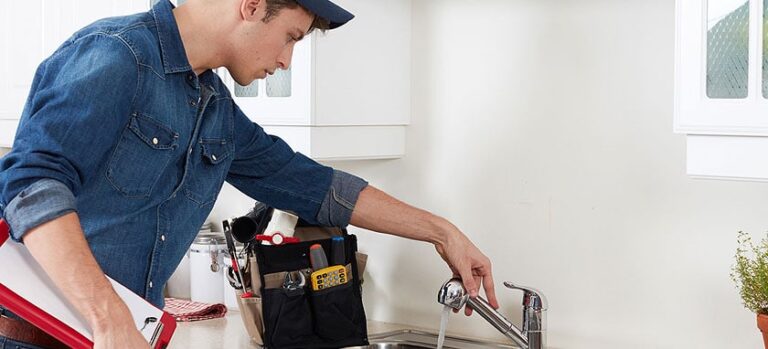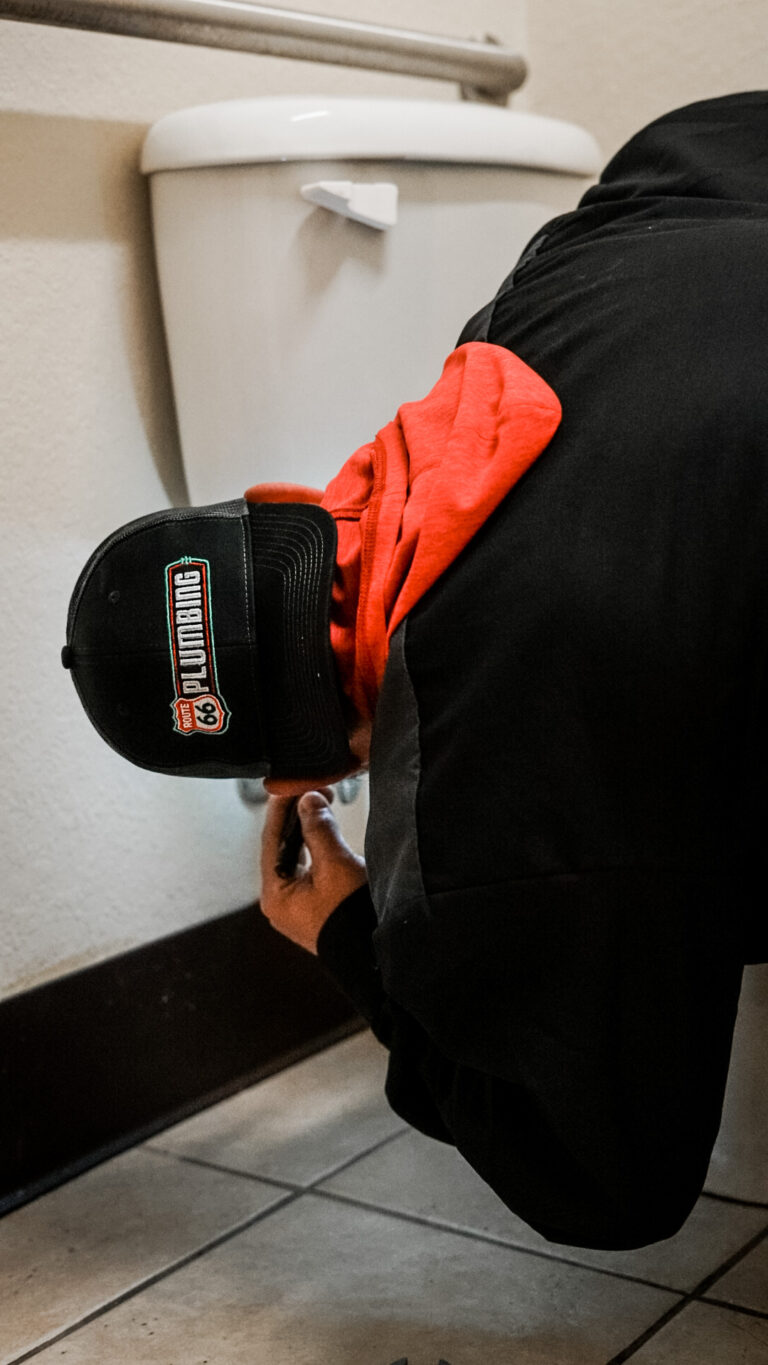What Causes Gas Lines to Break?
Gas lines are critical components of any building’s infrastructure, supplying natural gas for heating, cooking, and other essential functions. However, these lines can sometimes break, leading to dangerous leaks and potential hazards. Understanding the causes of line breaks and Gas Lines Services can help in preventing these incidents and ensuring the safety of your home or business.
1. Corrosion
Corrosion is one of the most common causes of gas line breaks. Over time, gas pipes, especially those made of metal, can deteriorate due to exposure to moisture, soil, and chemicals. This gradual degradation weakens the pipes, eventually leading to leaks or breaks. Regular Inspections and maintenance are essential to detect and address corrosion before it becomes a serious issue.
2. Natural Wear and Tear
Like any other infrastructure, gas lines are subject to wear and tear over time. The constant pressure from the gas flowing through the pipes, temperature fluctuations, and the natural aging of materials can all contribute to the weakening of gas lines. Aging infrastructure is particularly vulnerable, and older gas lines are more prone to breaks.
3. Ground Movement
Ground movement, such as that caused by earthquakes, landslides, or even minor soil shifts, can put stress on gas lines, leading to breaks. In areas prone to seismic activity, gas lines are particularly at risk. Proper installation with flexible joints and regular inspections can help mitigate the effects of ground movement on gas lines.
4. Tree Roots
Tree roots can pose a significant threat to underground gas lines. As trees grow, their roots expand and can exert pressure on gas pipes, causing them to crack or break. The risk is especially high for older gas lines that may not be as resistant to external pressures. Proper landscaping and careful consideration of tree placement can help prevent this issue.
5. Excavation or Construction Activities
Accidental damage during excavation or construction work is a leading cause of gas line breaks. Whether it’s digging a garden, installing a fence, or conducting major construction, if the gas lines’ locations are not correctly identified, they can be easily damaged. Always use a utility location service before starting any digging project to avoid hitting underground gas lines.
6. Poor Installation or Repairs
Faulty installation or substandard repairs can leave gas lines vulnerable to breaks. This could be due to using incorrect materials, poor workmanship, or failing to adhere to safety codes and regulations. It is crucial to hire qualified professionals from Route 66 Plumbing for Gas Line Installations and Gas Line Repair to ensure the work is done correctly and safely.
7. Temperature Extremes
Extreme temperatures can also cause gas lines to break. In cold weather, the ground contracts, which can create stress on the pipes, potentially leading to breaks. In hot weather, the expansion of materials can cause similar issues. Insulating gas lines and monitoring them during extreme weather conditions can help prevent damage.
8. Pressure from Overlying Structures
Heavy structures, such as buildings or roads, constructed over gas lines can exert pressure on them, leading to breaks. The weight of these structures can cause the pipes to shift or even collapse if they are not adequately supported. Proper planning during construction and ensuring that gas lines are correctly positioned can help prevent this problem.
Conclusion
Gas line breaks can result from various factors, including corrosion, natural wear and tear, ground movement, and human activities like construction. Regular maintenance, proper installation, and careful monitoring can significantly reduce the risk of gas line breaks. Being proactive about these factors can ensure the safety and longevity of your gas lines, protecting your property and loved ones from potential hazards.






